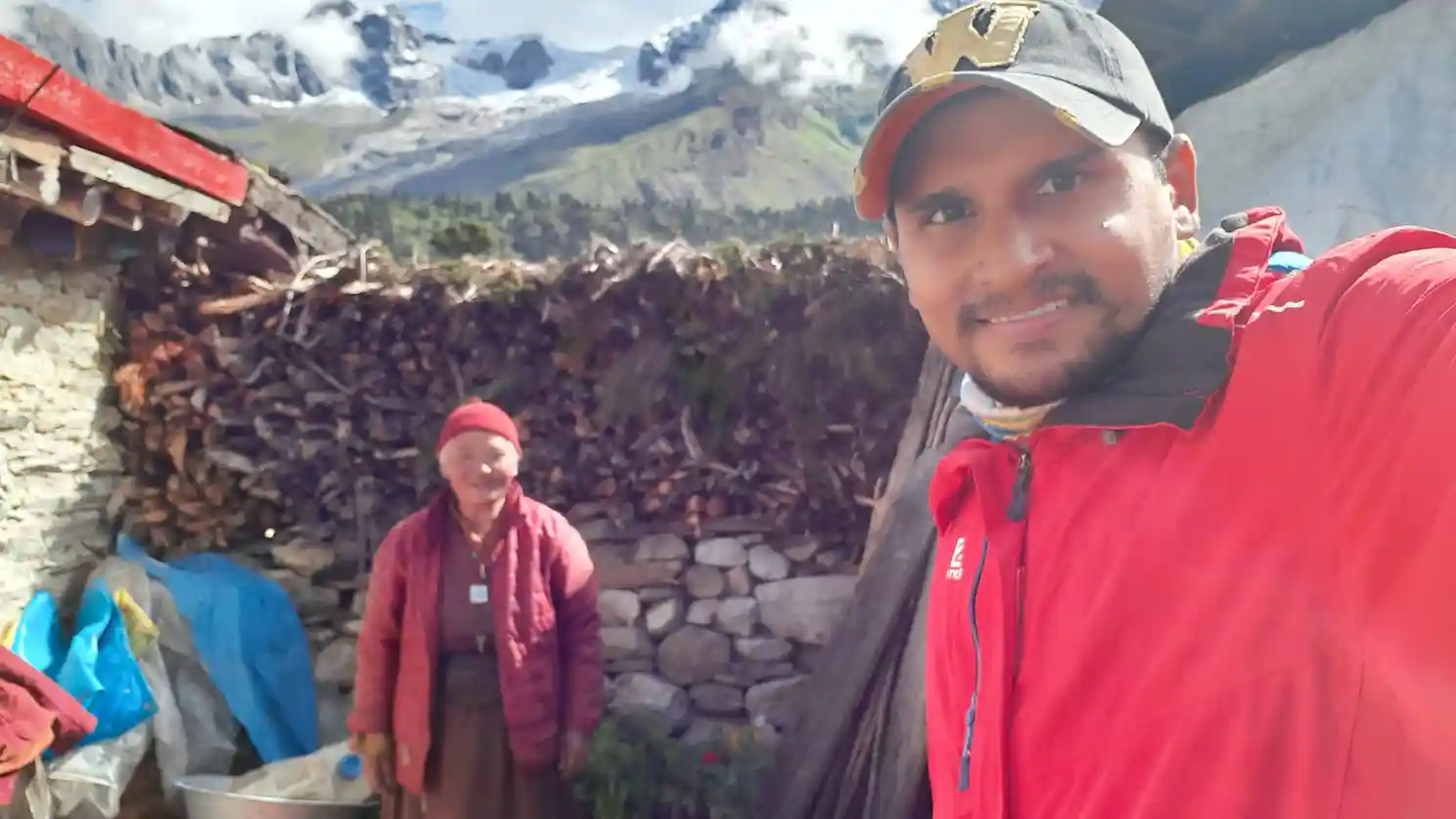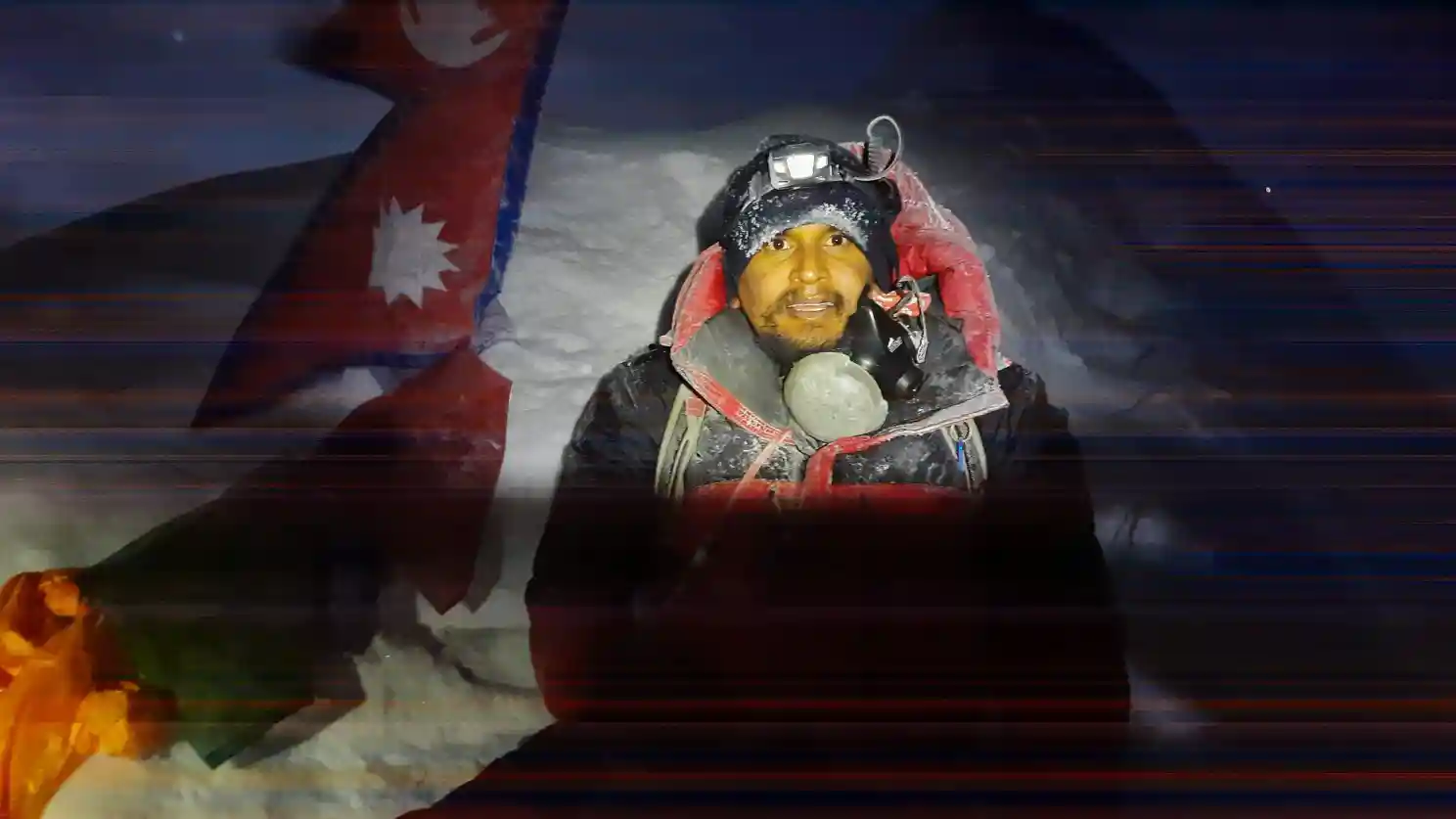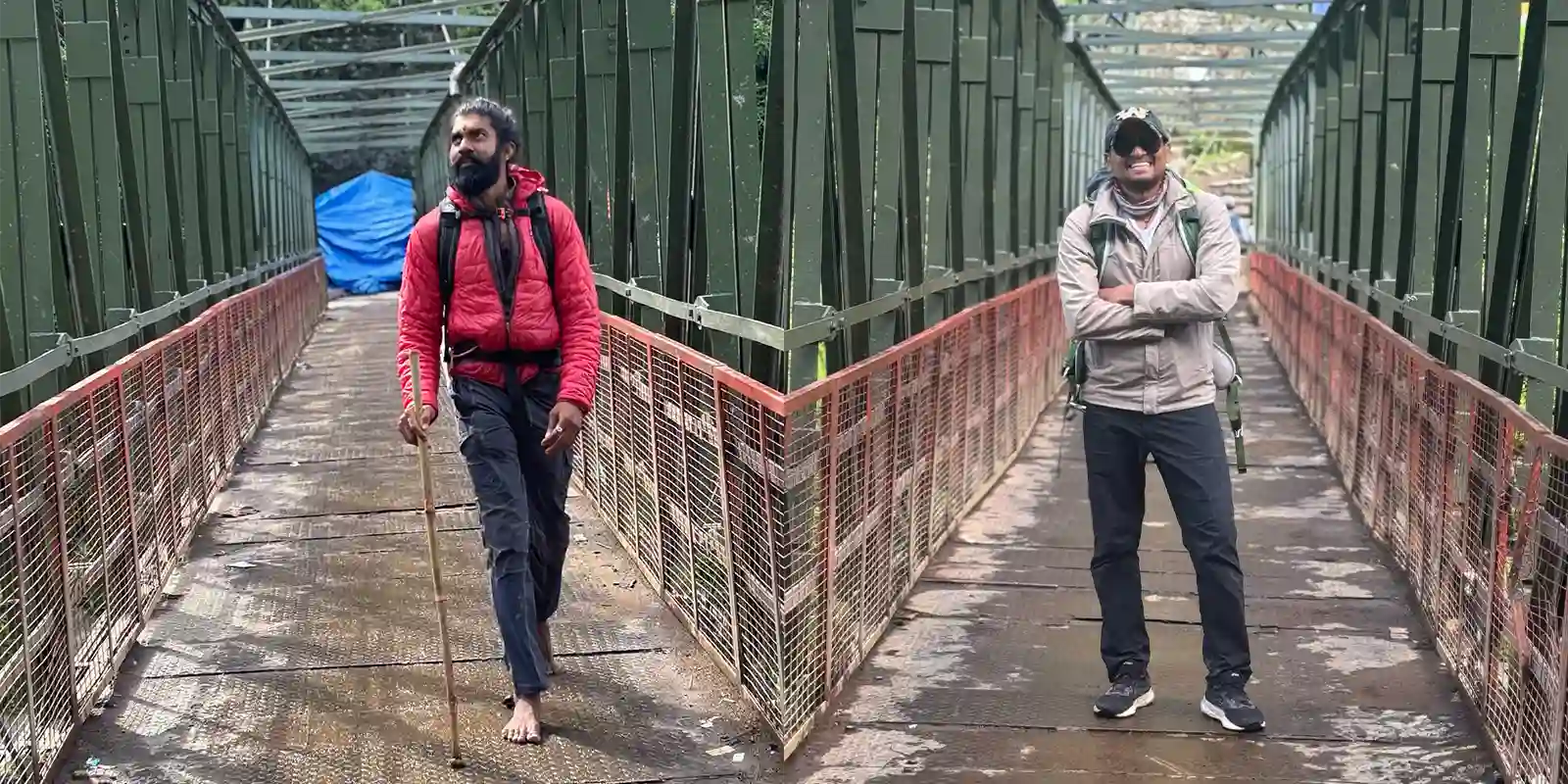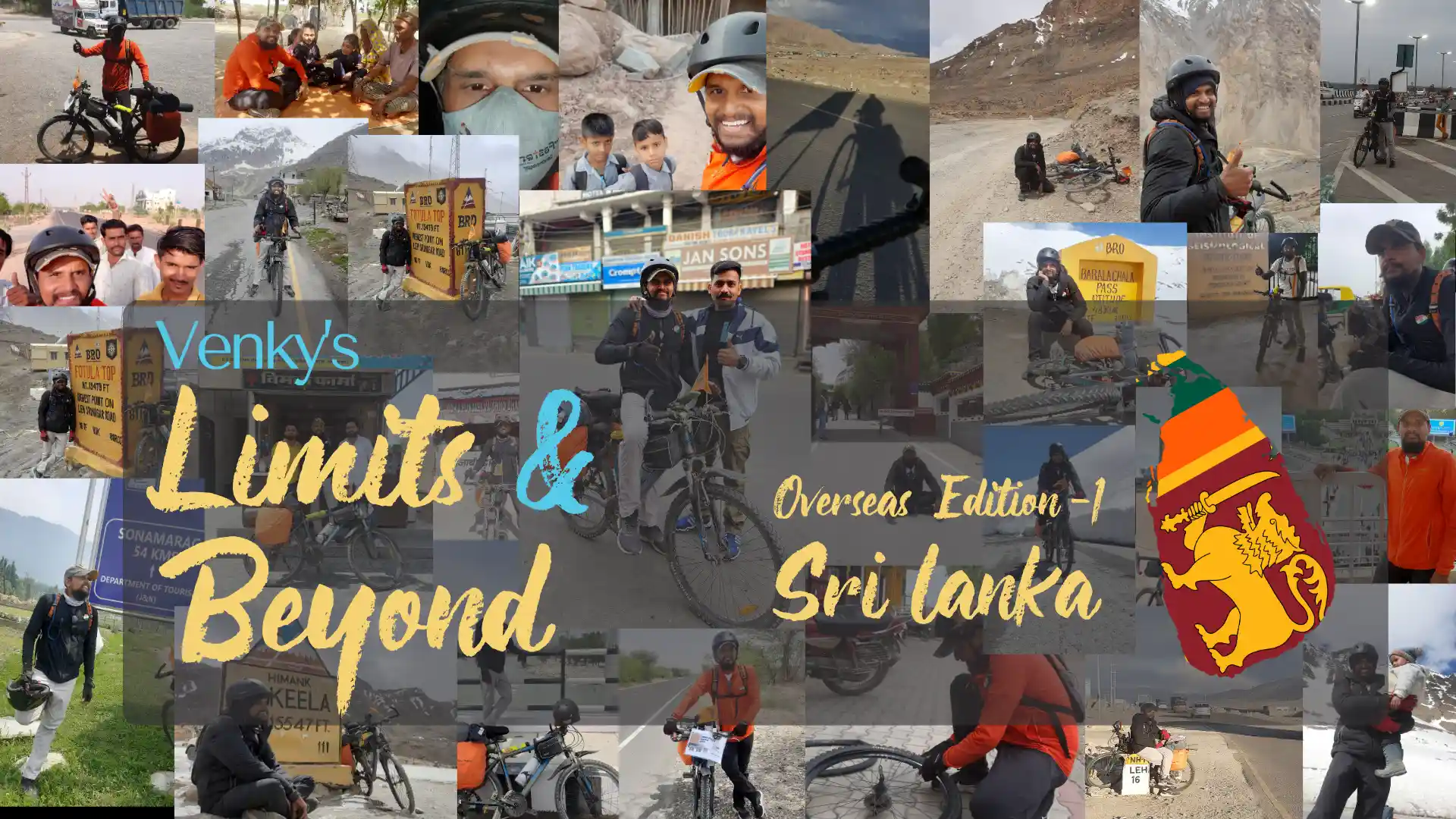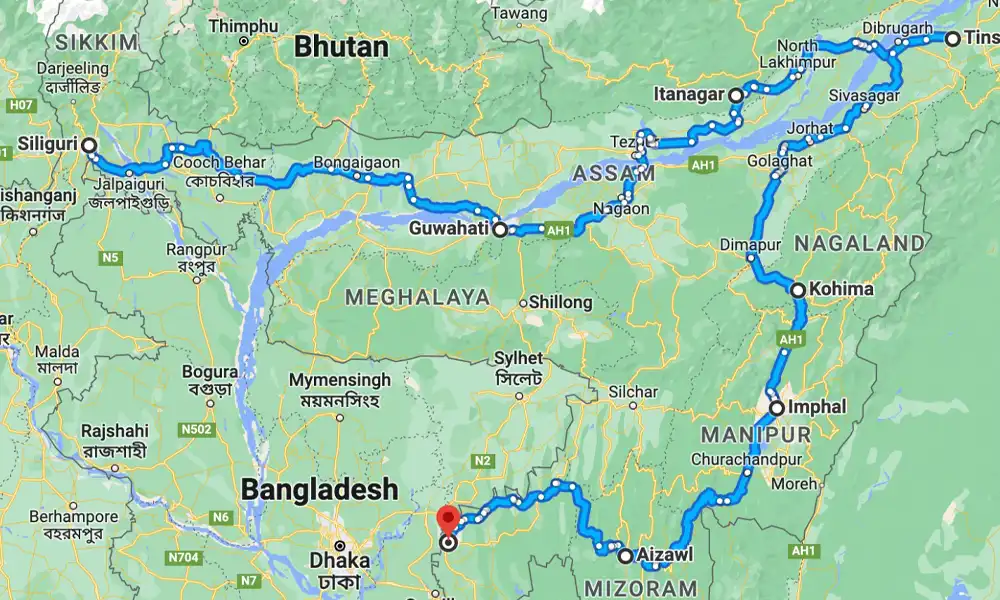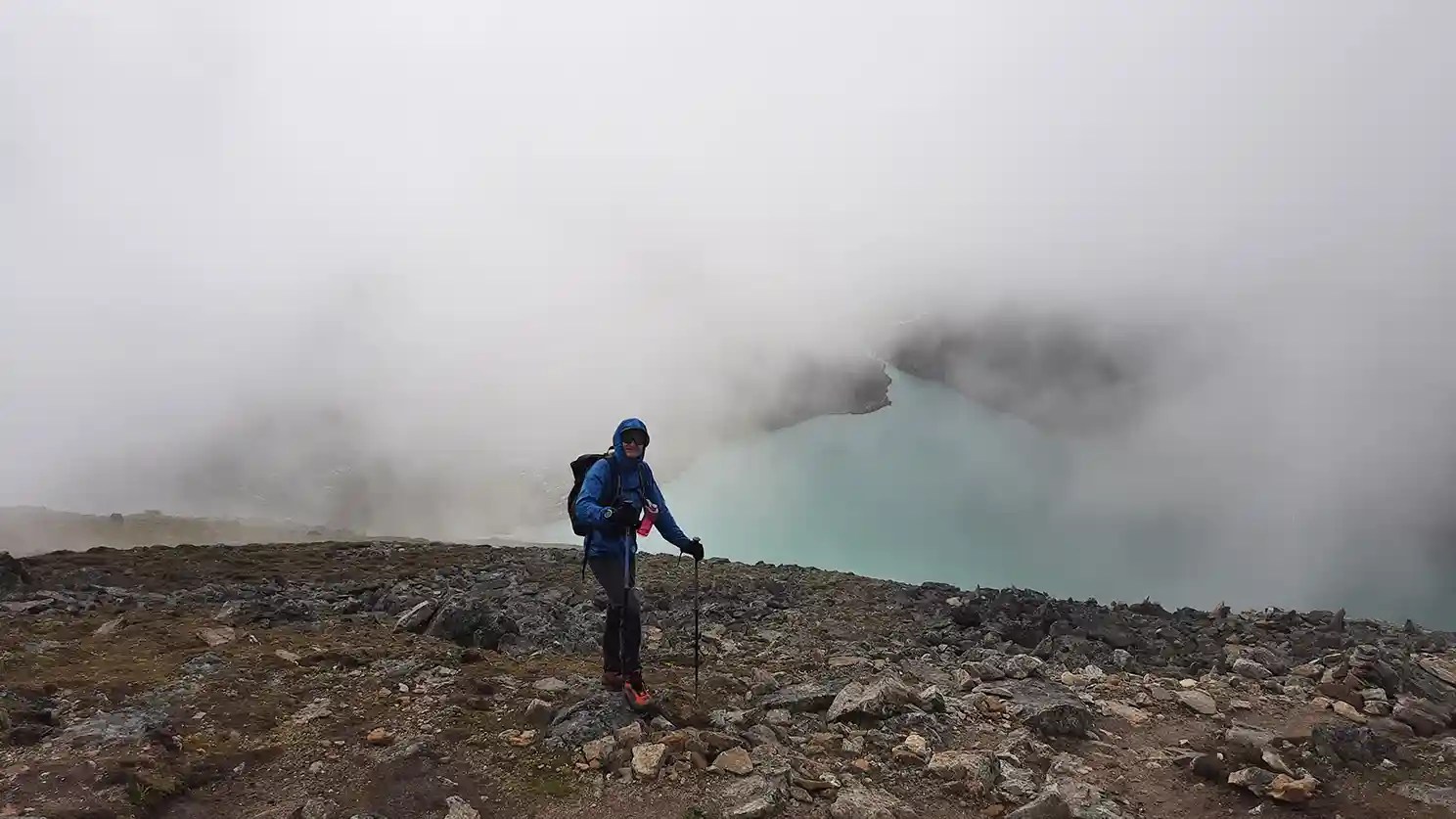
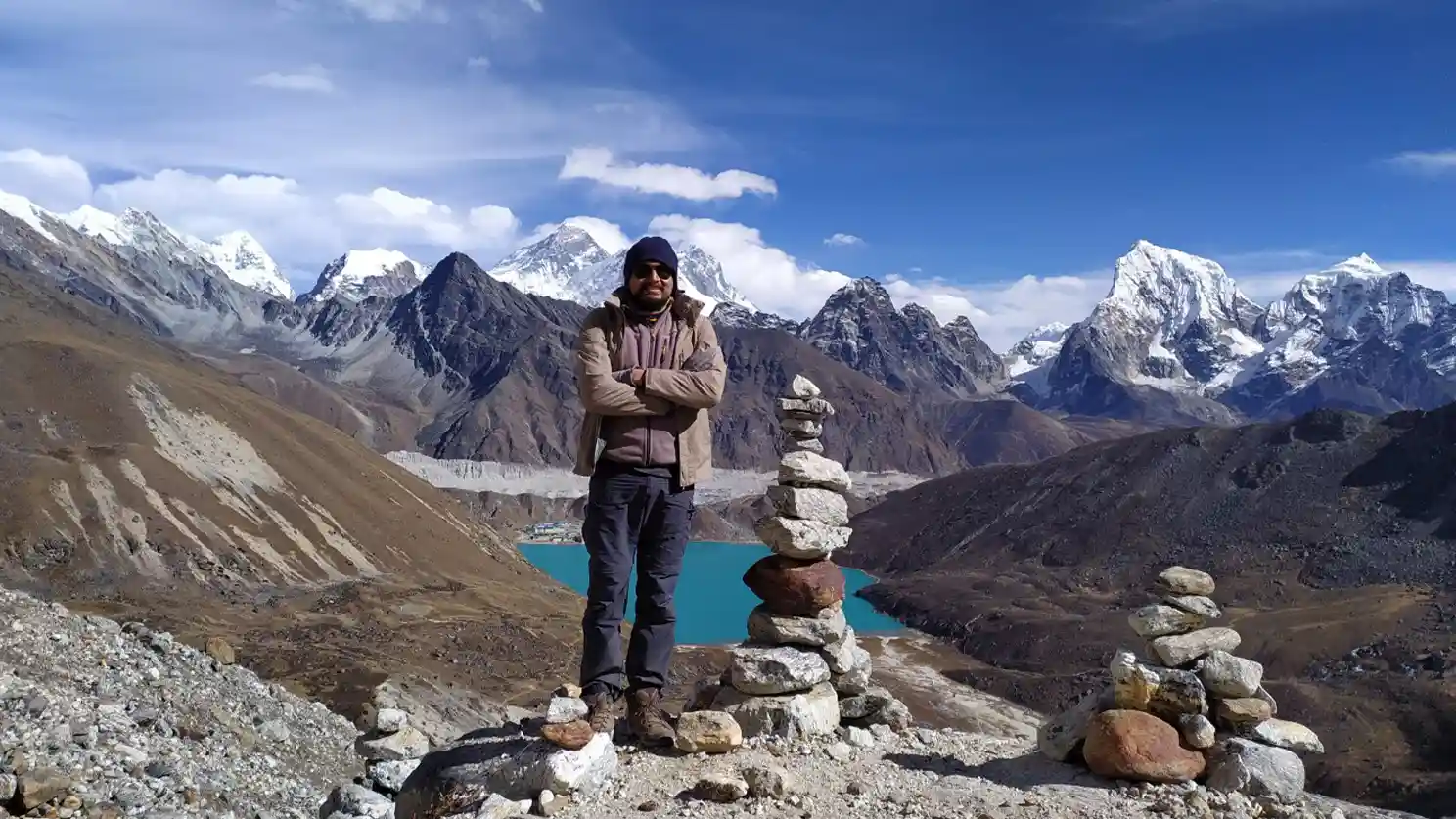
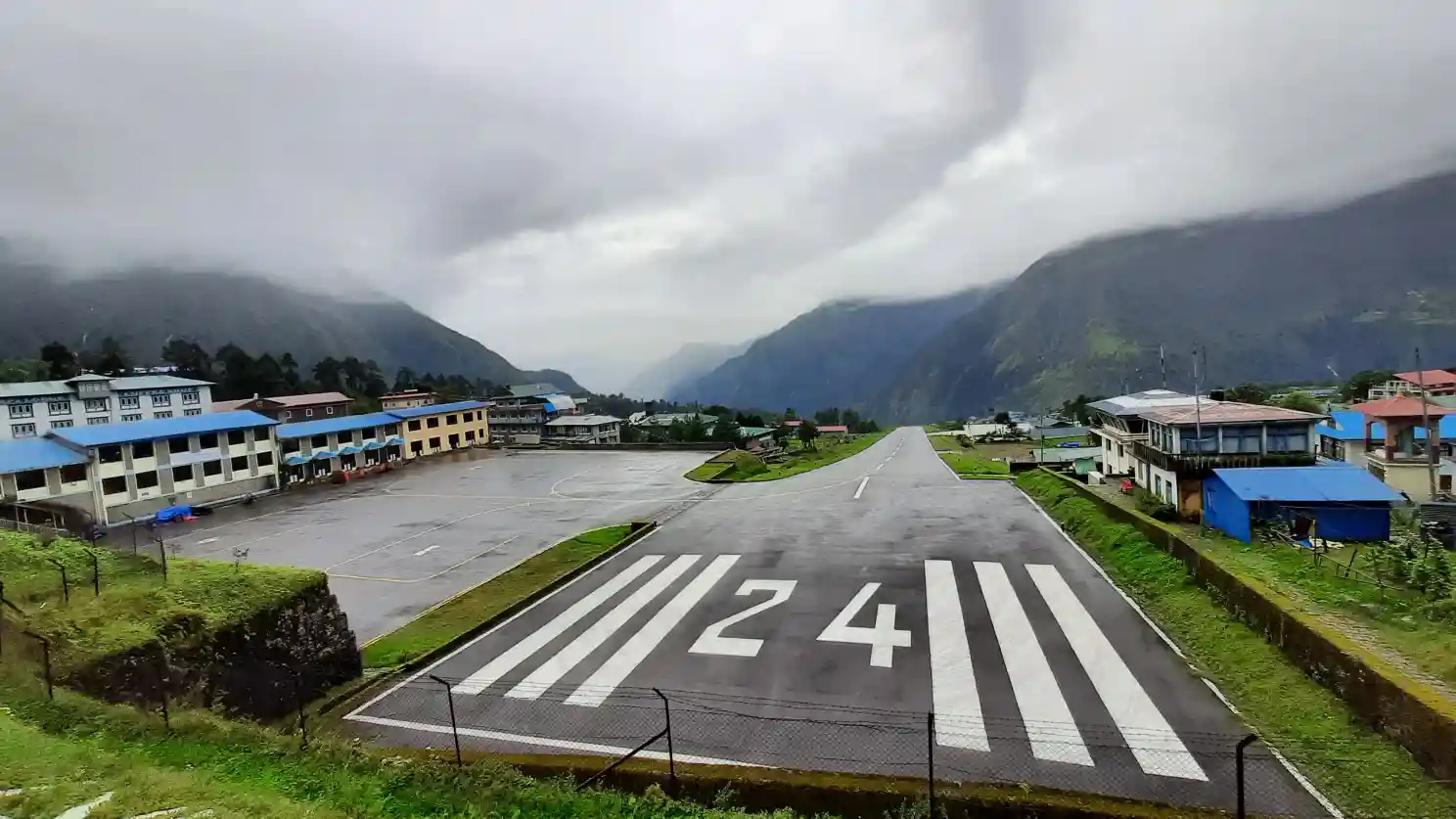
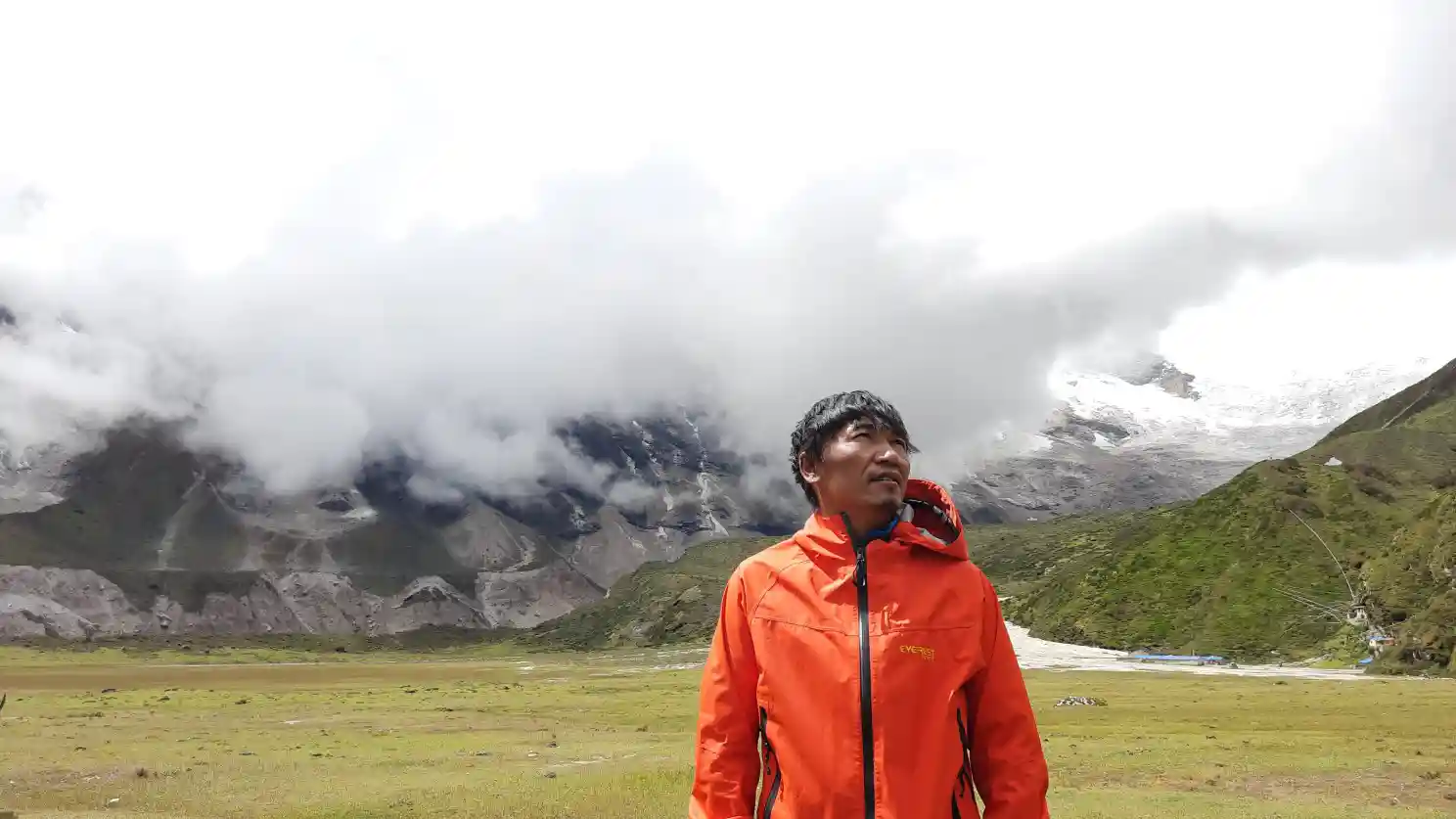
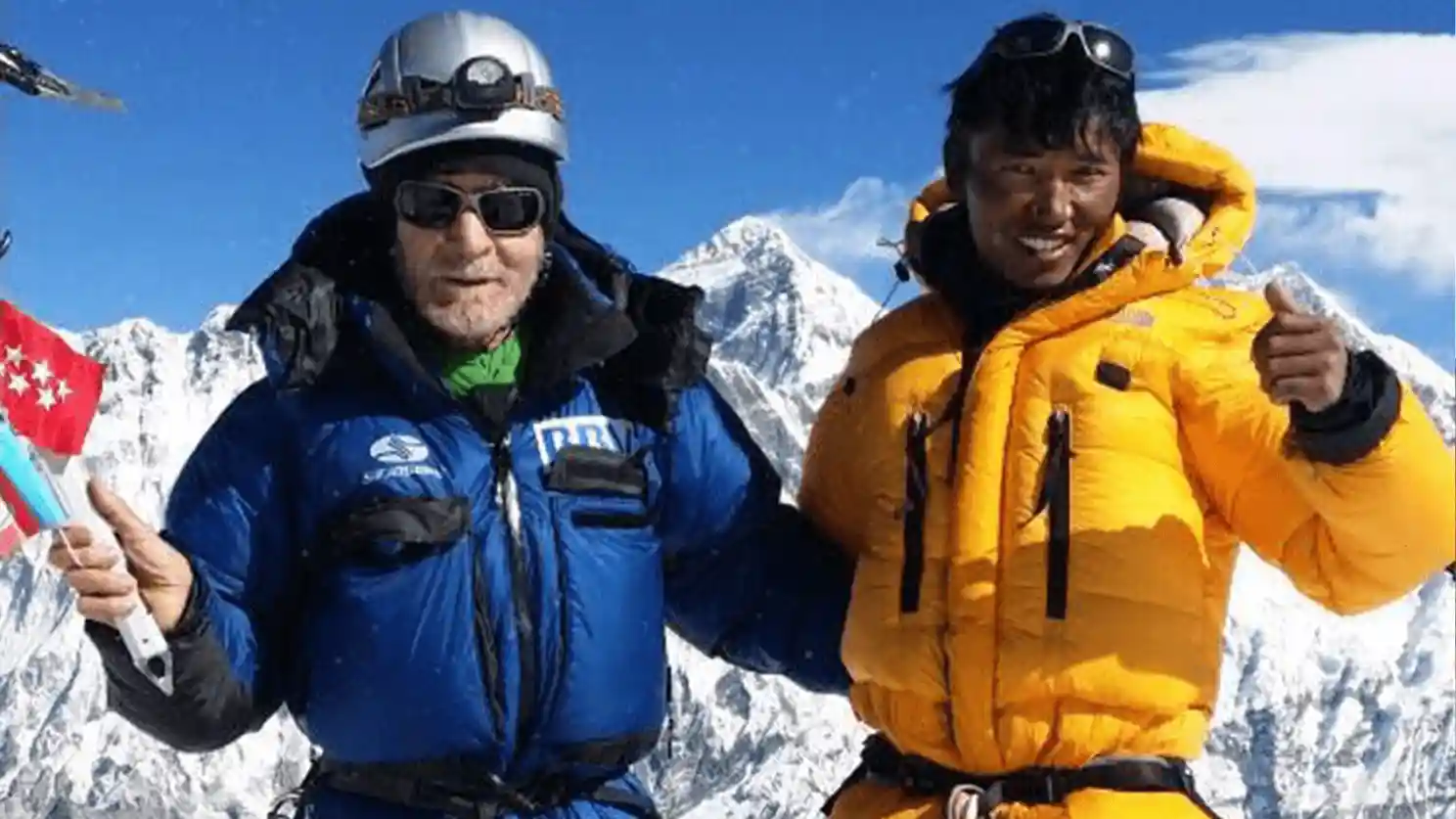
Cut - SIX year later Autumn 2021 - Manaslu Expedition
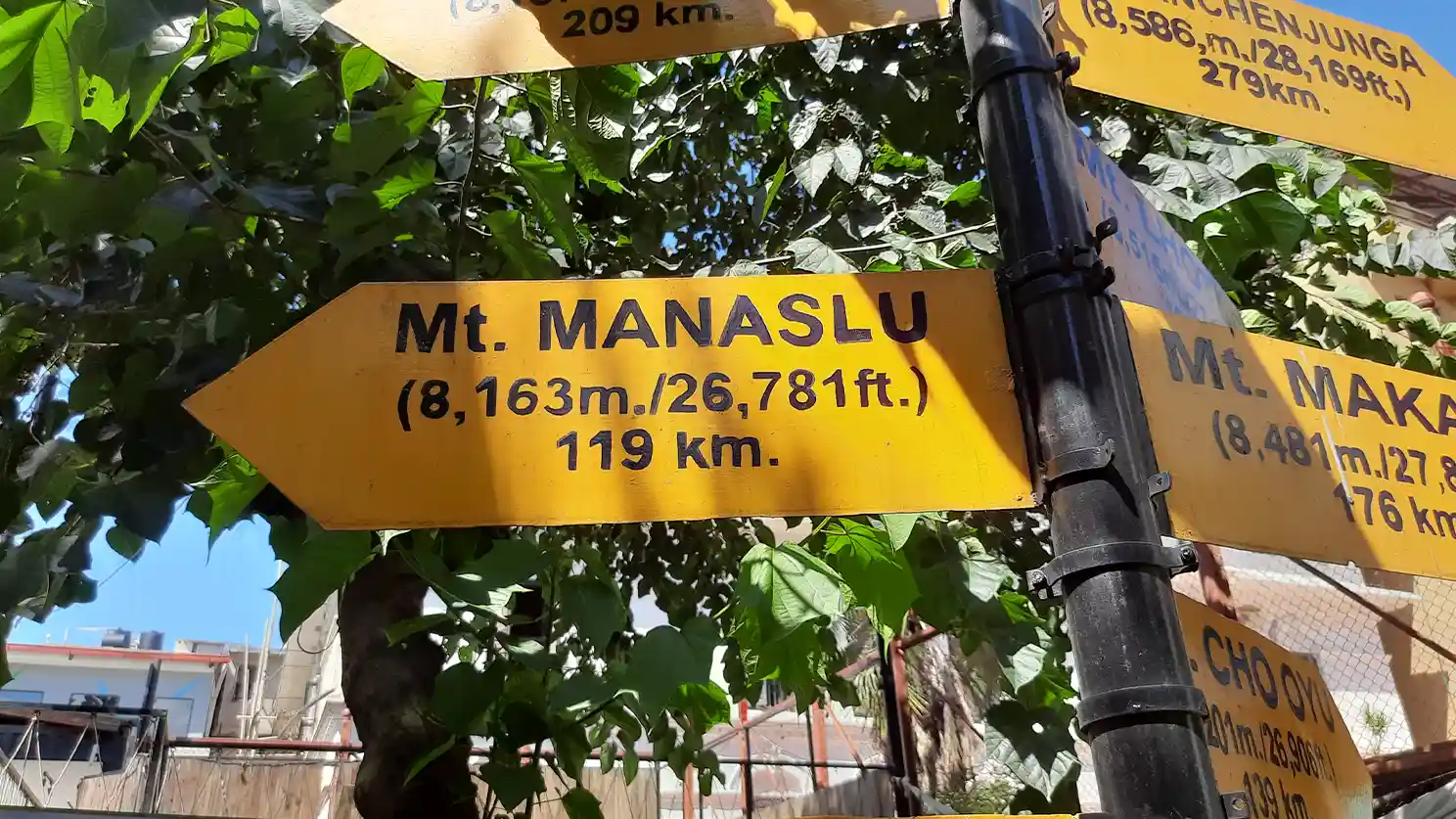
While acclimatisation training, before departure from the base camp, I, though, innocently but affirmatively asked him;- “Dai, in this fitness rotation, I am going up to 7000meters. Why not we push for the summit further in a single shot”. I saw this weird expression on his face and he said, – “dude”, “Sapne mat Dekho. Don’t try to be a hero. This altitude is different”. The very next moment, I realised how immature my thought was.
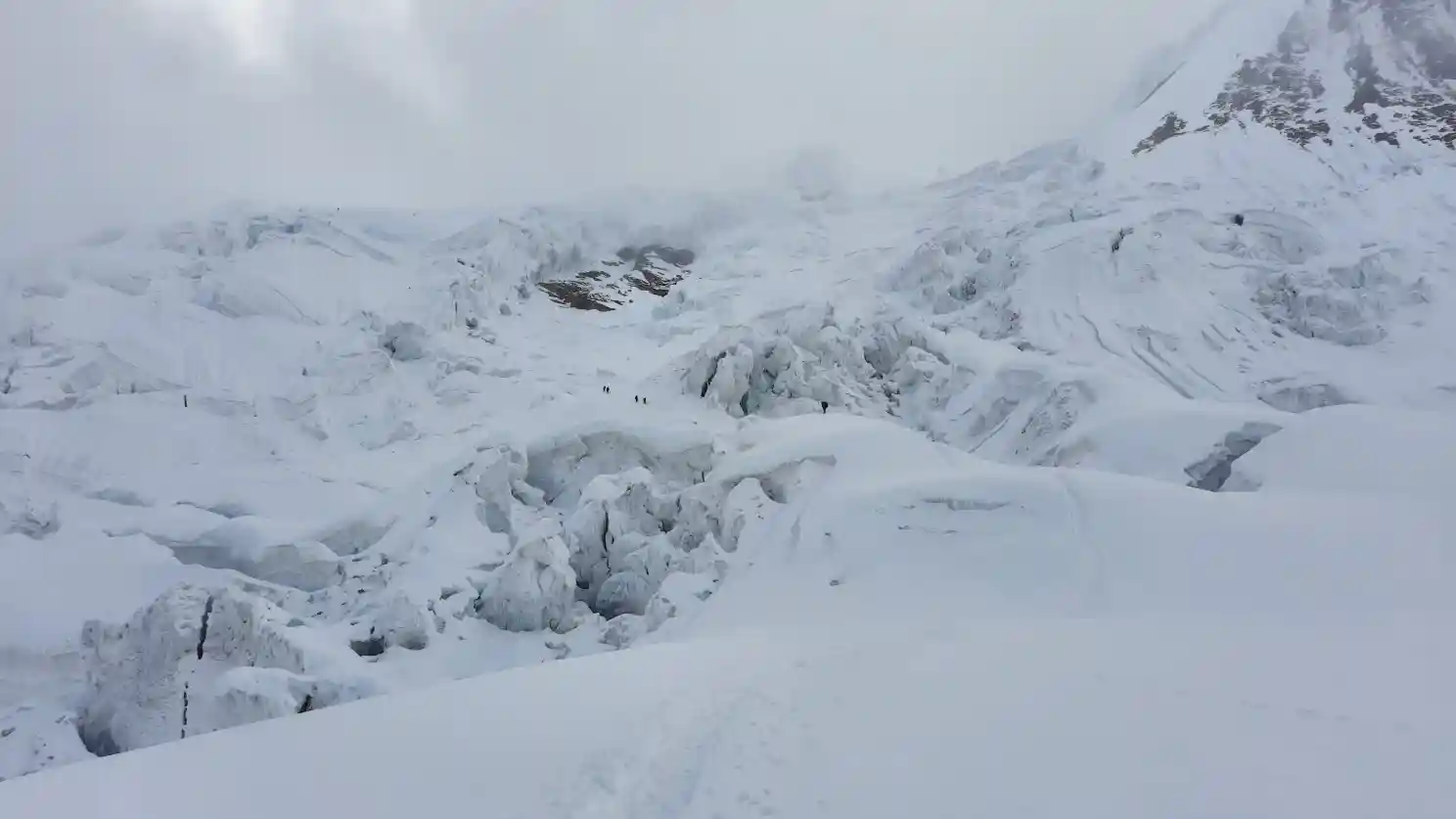
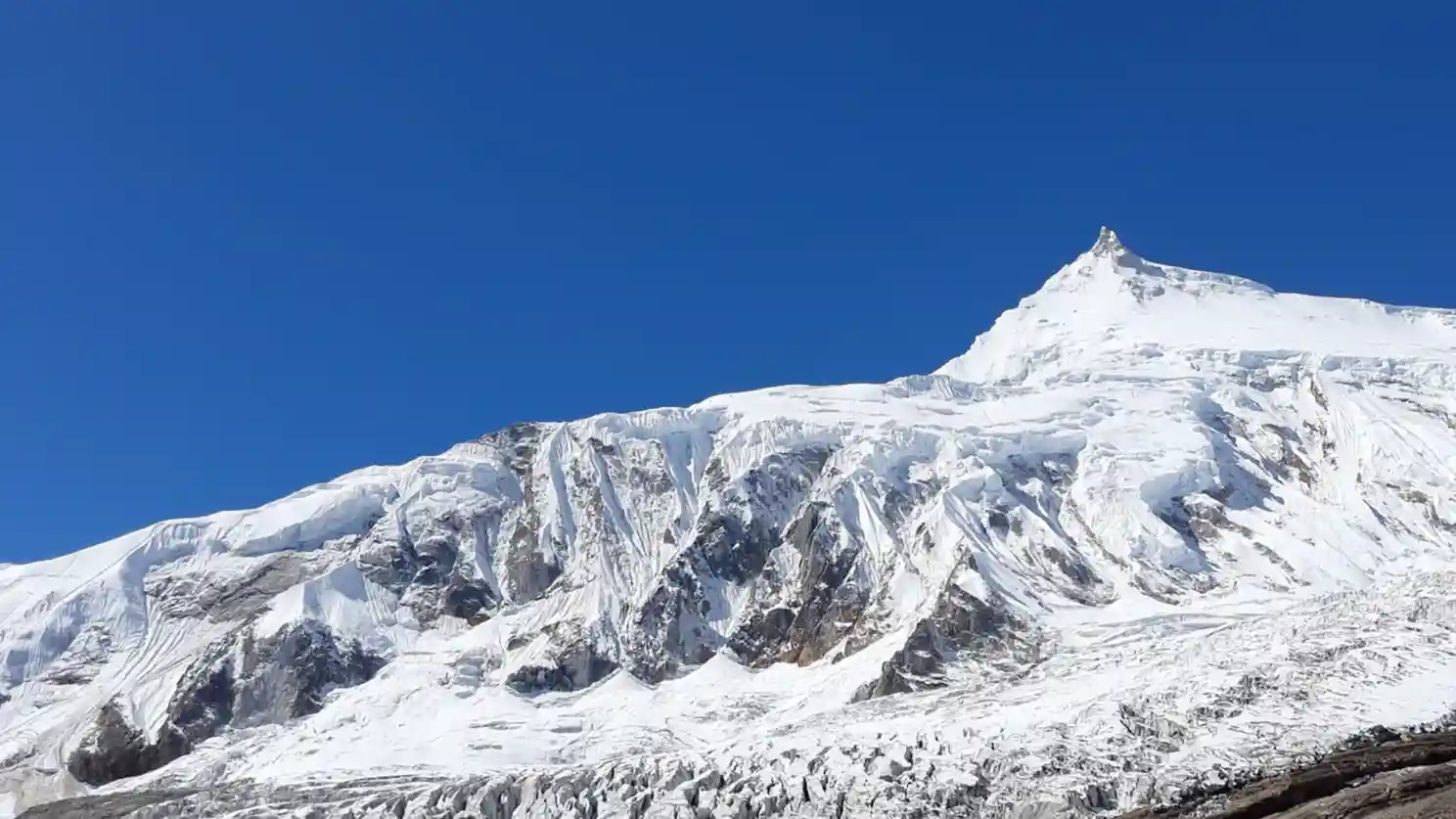
Manaslu : The simple facts about the climb.
Fingers crossed – On a fixed-line scaling, this mountain becomes a little comfortable provided:
a. There are no avalanches between Camp 1 and Camp 2: Icefall, six vertical jumaring sections, two ladders and a long overhang
b. No newly formed crevasses from Camp 2 to camp 3 : A colossal crevasse separates the camp into two parts. Make sure the jump across is accurate. Alt: 6500m
c. No sudden wind blizzards in camp 3(6800m), which could wipe out the entire rake of the icefall: Thin air and breathlessness sensation begins here.
d. No blue ice from Camp 3 to Camp 4: Wind and the weather behaviour can form blue ice in this section. Such seasons would be nightmarish. An overhang near the C4 entrance would vacuum the air out of your lungs.
e. Pray for the intact overhang: This section just below camp4 is prominent to collapse any time.
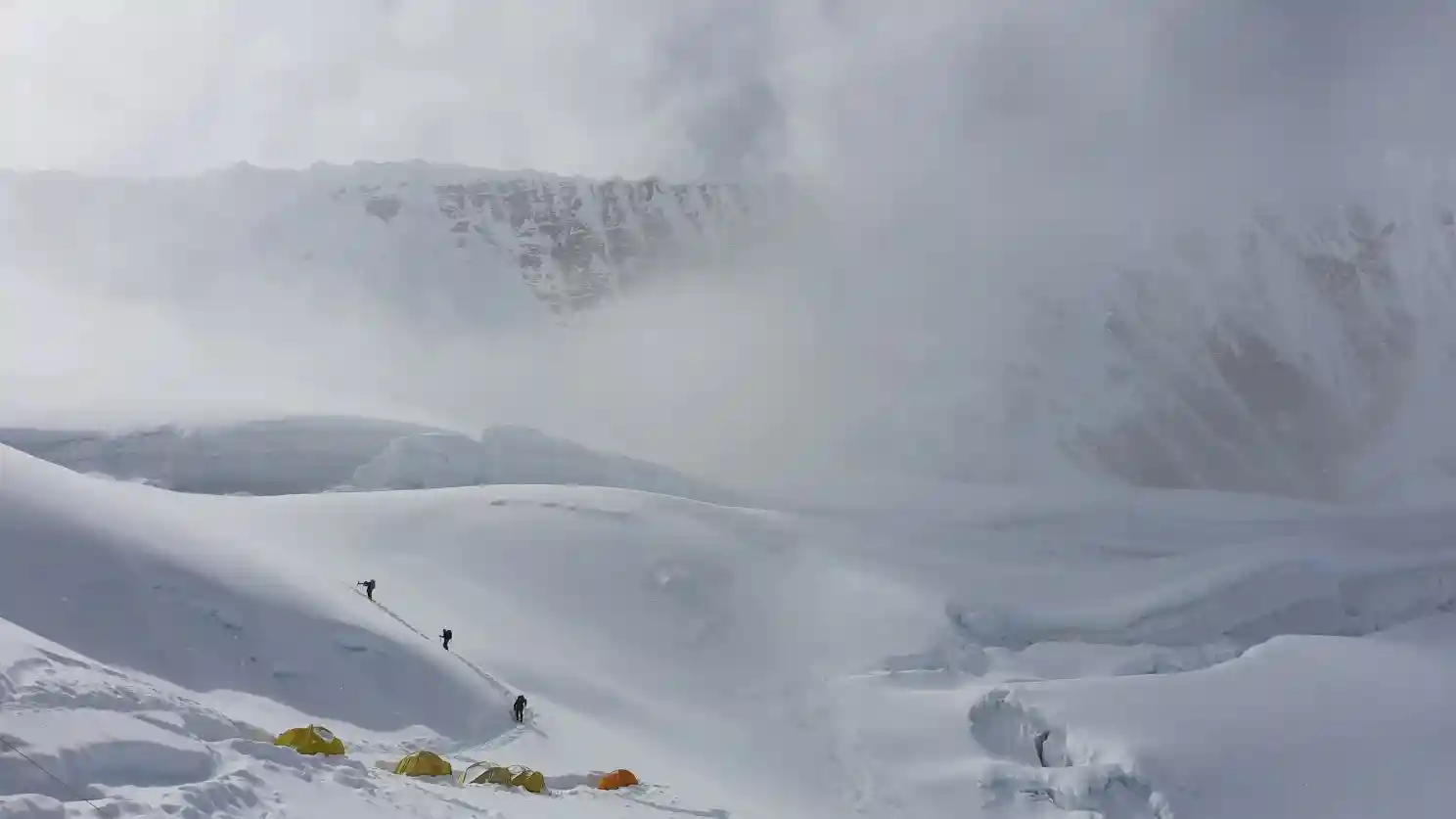
These are only the weather and climatic conditions. What happens inside the human body is another story. Even if I make it up to C4, overcoming all the above-said obstacles, human lungs are not prepared to inhale the thin cold air after a certain altitude. The process of getting used to the thin air is called the acclimatisation. And the preparation is simple: Climb high and sleep low. The acclimatisation rotation is for approximately 6 to 7 days under favourable weather. Most climbers reach as high as C3 up to ~7000m and return to Base camp for acclimatisation. Some people touch C3 and return on the same day. Some spend a night at C3.
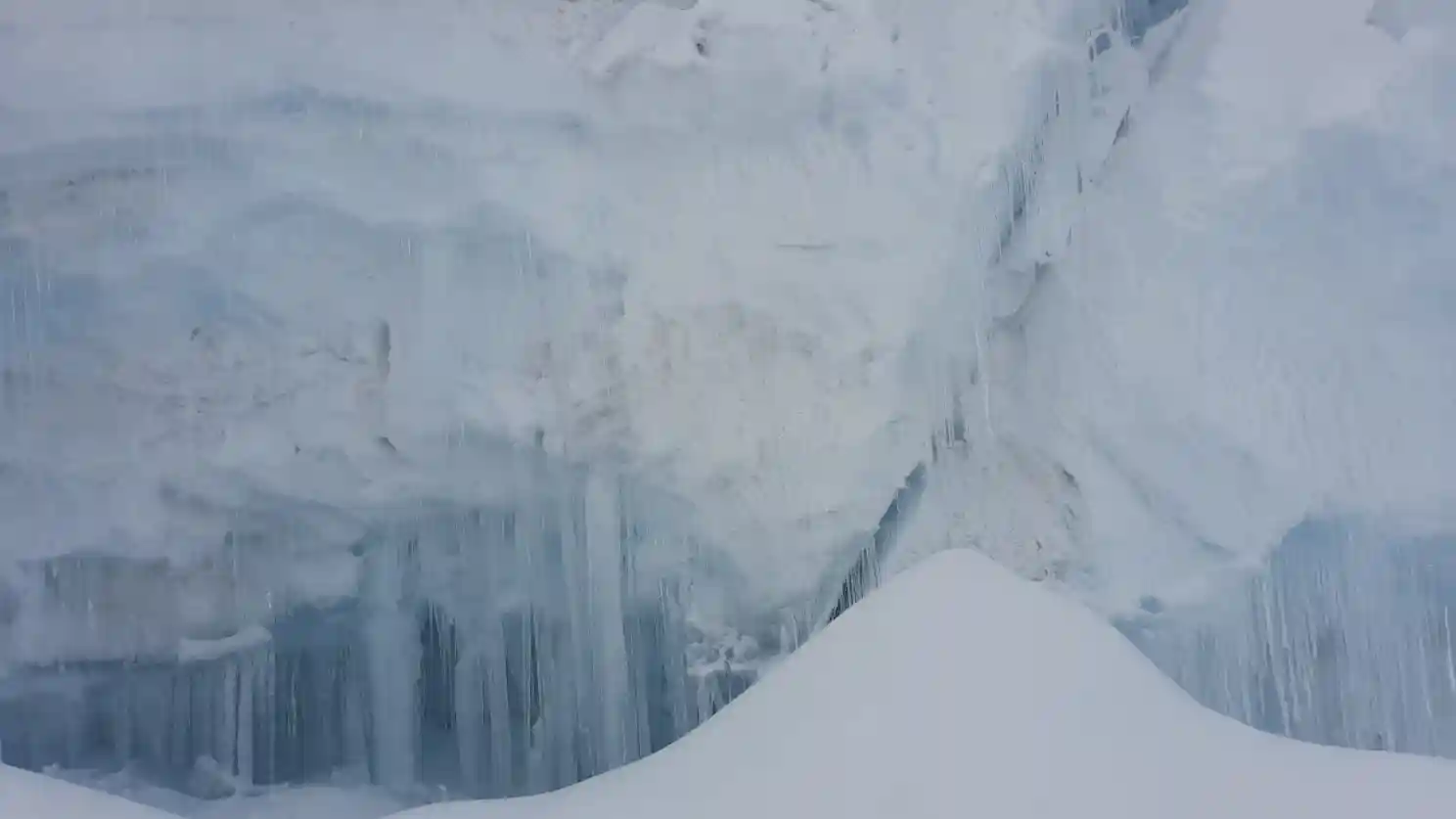
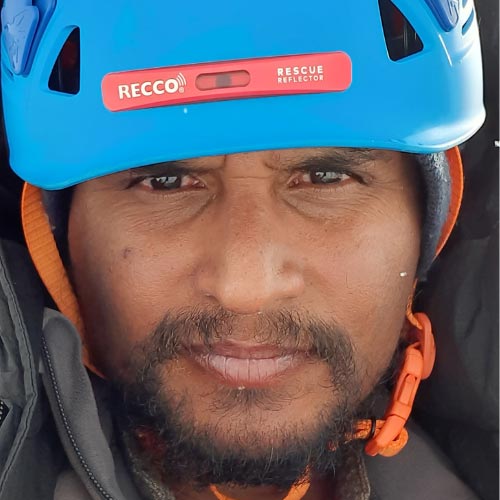
Thin Air The human body above an altitude of 17000 feet (>5100m) inevitably starts to deteriorate, and an unprepared body will begin to collapse faster. At extreme elevations, the atmosphere still contains the same ratio of oxygen to nitrogen, but the unit distance of oxygen molecules spreads farther apart. Thus each breath a climber takes in less oxygen. To balance the vitals heart pumps faster, trying to carry sufficient blood to the O2-starving tissues. And in a space that exceeds to 8000meters (26247 feet) above sea level, the air is so thin that the human body simply shuts down without adequate strength and hydration once the heart reaches maximum rate.
Even today, after much research, experts cannot completely understand what happens to a human body at cruising altitudes. Many things can go wrong simultaneously. The first step, headache, leads to hypoxia (deficiency in the amount of oxygen reaching the tissues). The next state is hypothermia (the condition of having an abnormally low body temperature) leads to HACE (High Altitude Cerebral Edema) or HAPE (High Altitude Pulmonary Edema), swollen brain or fluid in lungs, respectively. To my understanding, sickness at high altitude is connected to the past three to four weeks of hydration, diet and sleep cycle in any human being.
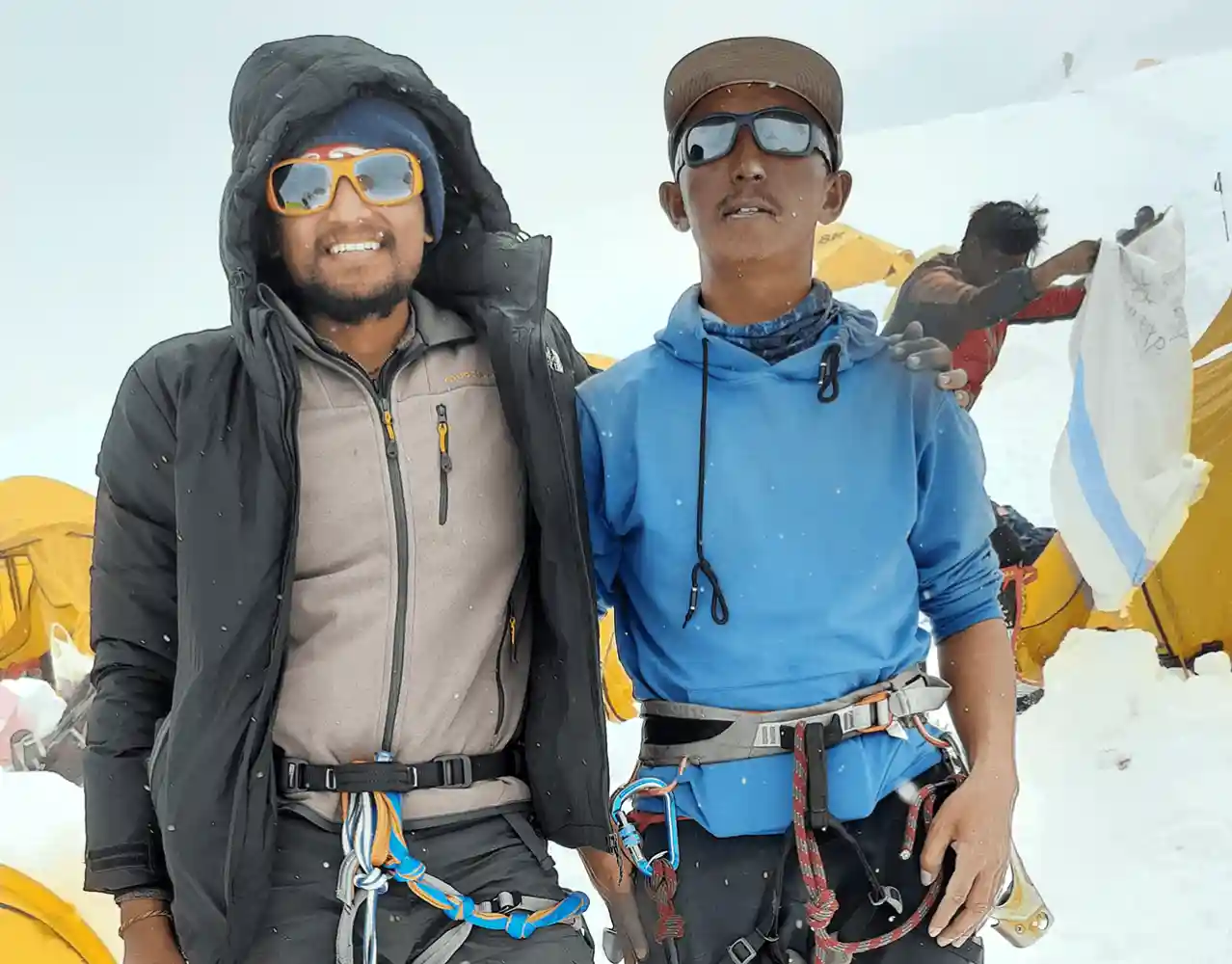
Ridhar is Temba’s assistant and my climbing partner. I have refused to carry the emergency supplemental oxygen cylinder on my summit push from Camp 4. At C4 on the 27th evening, we have set up our tent and were glancing at the Manaslu mountain top; I told Ridhar, “If I die up there, promise me of no circus rescuing my body. If you refuse to do so, you may go down or up, but I go on my own.” Ridhar was afraid. Thus, he brought me extra life support. My decision was crystal clear as I was in good health. I was not desperate about striding on the top. And I was prepared to abandon my climb with even a hint of altitude sickness. The altitude is ~7500 meters and I had a good sleep that night. I was surprised because people speak about hallucinations and sleeplessness from C4.
Best day of My life: Summit push began around 10:45 pm from C4. That night was memorable and exhausting. To list the difficulties, they are numerous. It was 20 degrees below zero or more—intolerable cold when the condensed frost inside the tent walls slipped on your skin. The humongous tasks were fastening the harness and wearing snow boots. The next part of horror is melting ice to refill water bottles. Once I stepped out of the tent, two more significant hurdles remained – Crampons and Urination. Absolute horror began when I wanted to take a leak. My sack was full (6 litres a day make you pee 12 to 13 times).
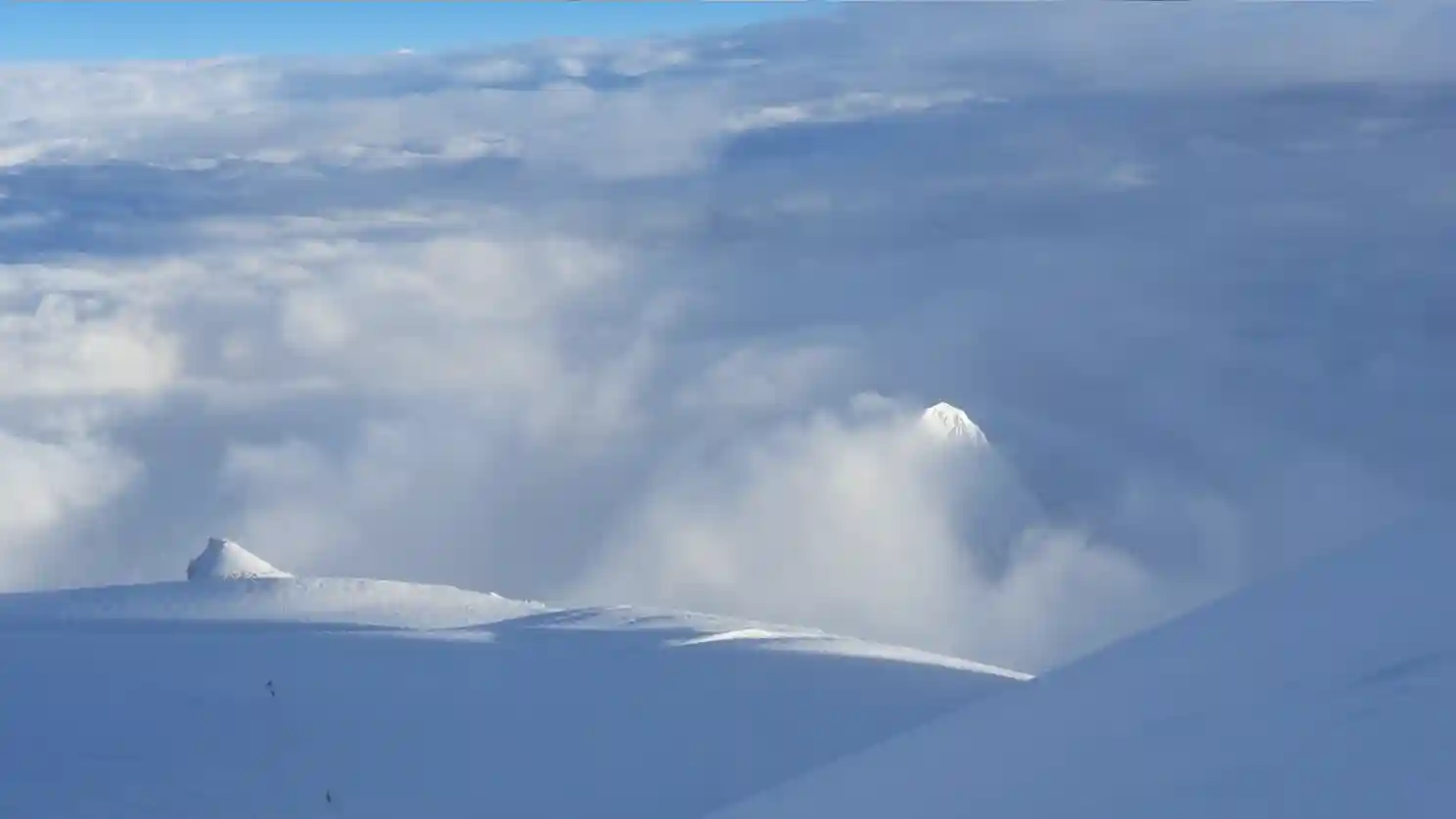
For the final section of the Mountain, I had to deal with a mixture of hardships with utmost perseverance. My thoughts were juggling about the summit. I have already been committed to myself that summit desperation is not my attitude. Every step higher than Kalapathar is my new personal record. I need to stay alive so that I can climb more mountains, reach higher altitudes. Short steps and long breaks, my summit push progressed at a slow pace. Five hours passed in darkness with absolute silence and a half kilometre elevation gain. I was intact, with no headache. I remember everything. However, the last few steps close to the 8000meter mark were challenging; jumaring the final steep section.
Mission Accomplished
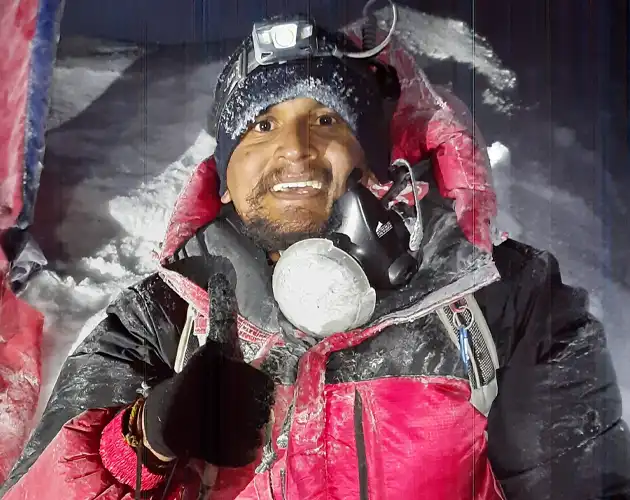
Descent - Inescapable Mountain Danger
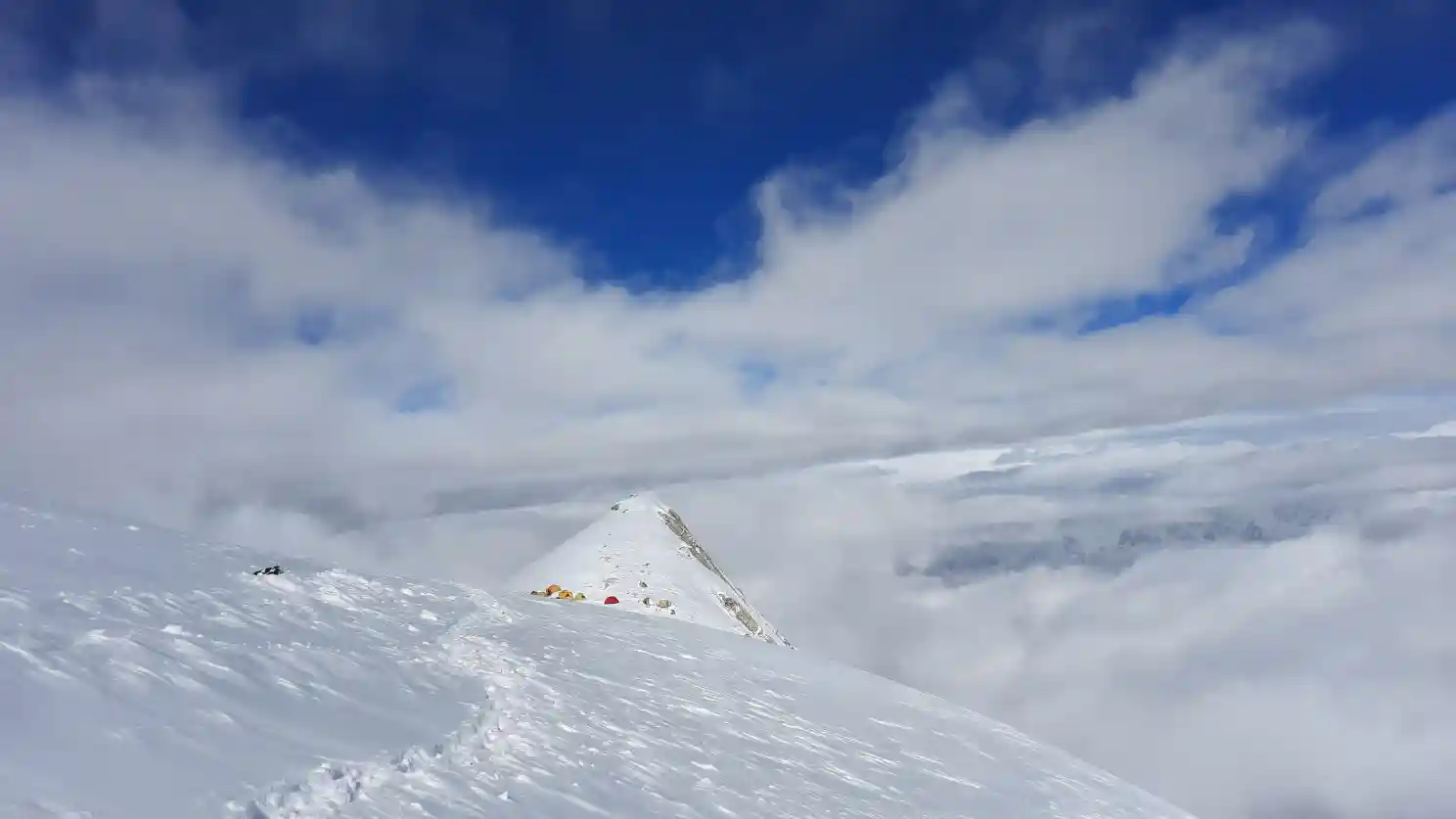
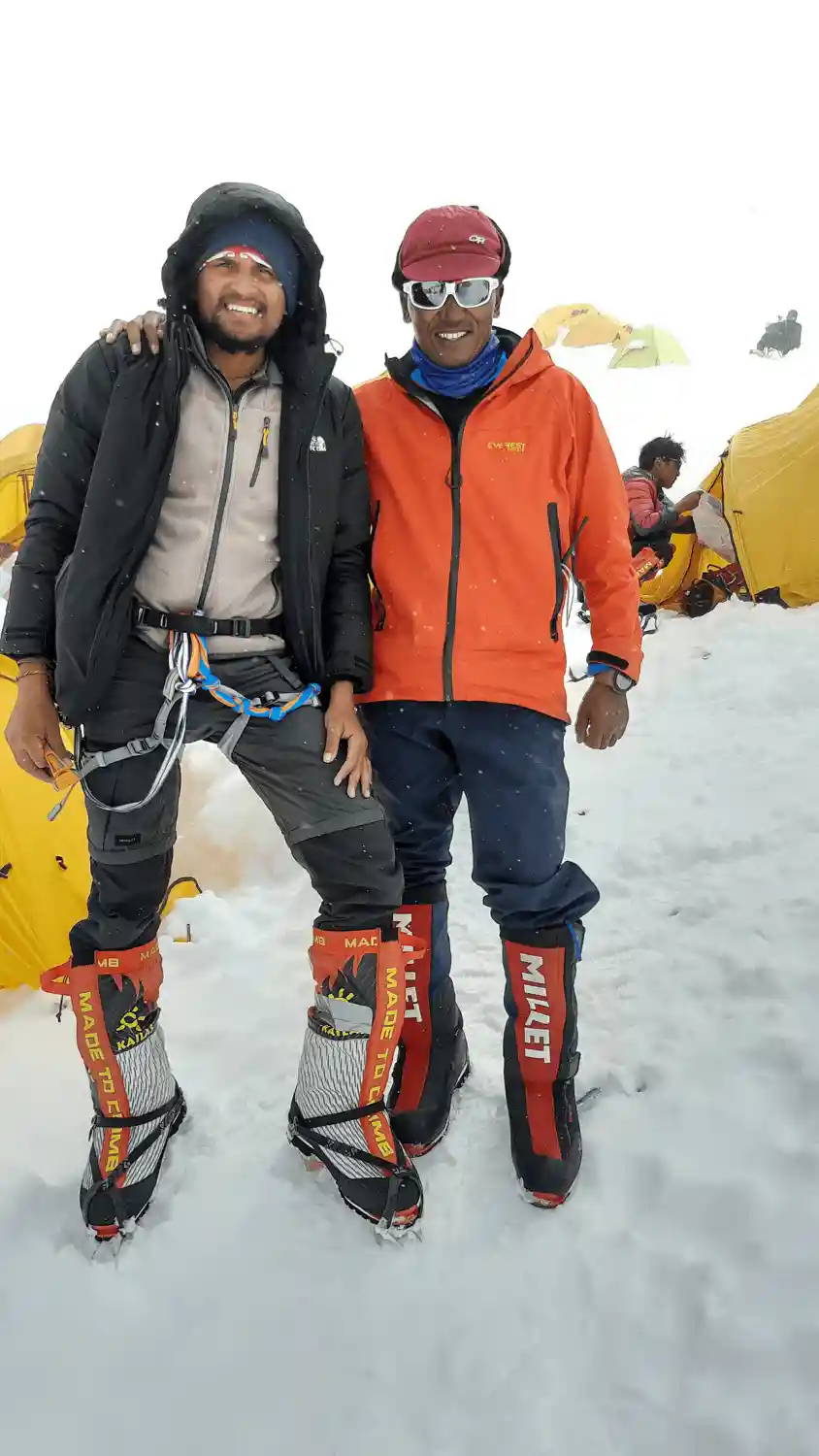
Moment of Pride Upon arrival at C3, Temba dai was happy. He ordered me to sit on a mat. He unbuckled my crampons. I refused, but he insisted, “dude! you deserve it”. That was “the moment of my life” where I felt happier as equally as when I was on the summit. Manaslu’s spirit made our friendship stronger. Temba Bhote, this Sherpa taught me to tread lightly and gently. I will follow his guidance everywhere in all my future expeditions. I learned gentleness and absolute leadership behaviour in adverse conditions, and I wish to participate in more mountain summits along his side. Thank you is an understatement, dai.
My discoveries from Manaslu You don’t pick up a hammer and build a house. You need to start with basics and work your way up the ladder. It is a long road of learning for tuning yourself to be an explorer. Summit desperation would kill you. Trust your own judgement, and listen to your instincts. Behave according to your gut feeling. If you try to become a hero, I am sure the Mountain would kick your ass and send you back home, sometimes to the skies as well. Just because you love the mountains doesn’t mean the mountains love you. You might be the stronger, faster than the next guy, but the weather is powerful than anyone else on earth. The slower you take it, the better you get it.
